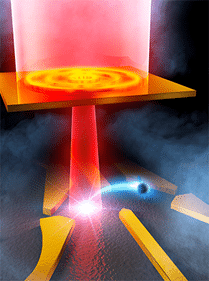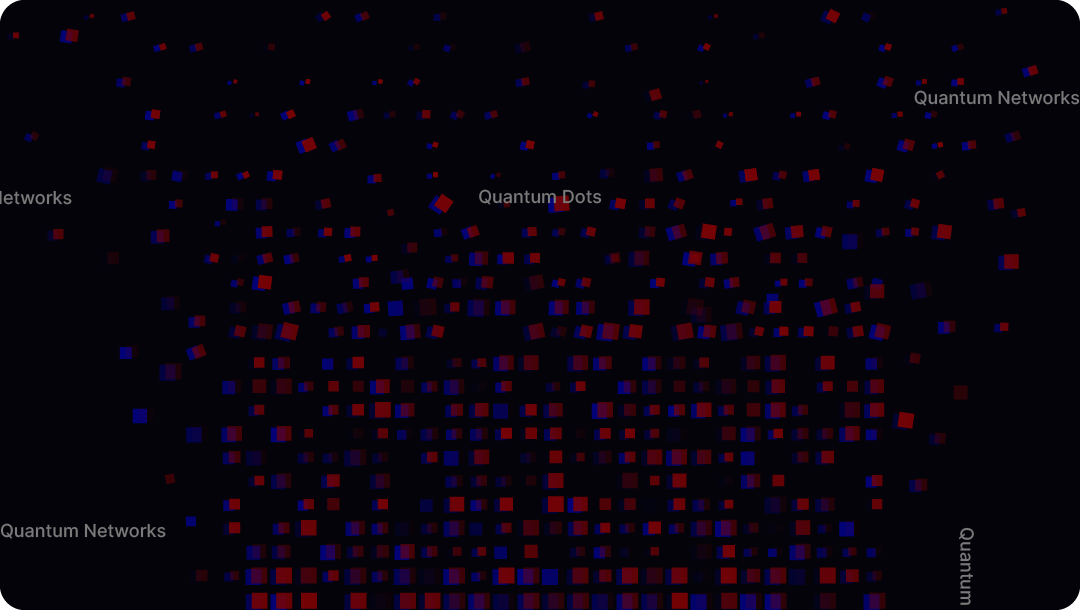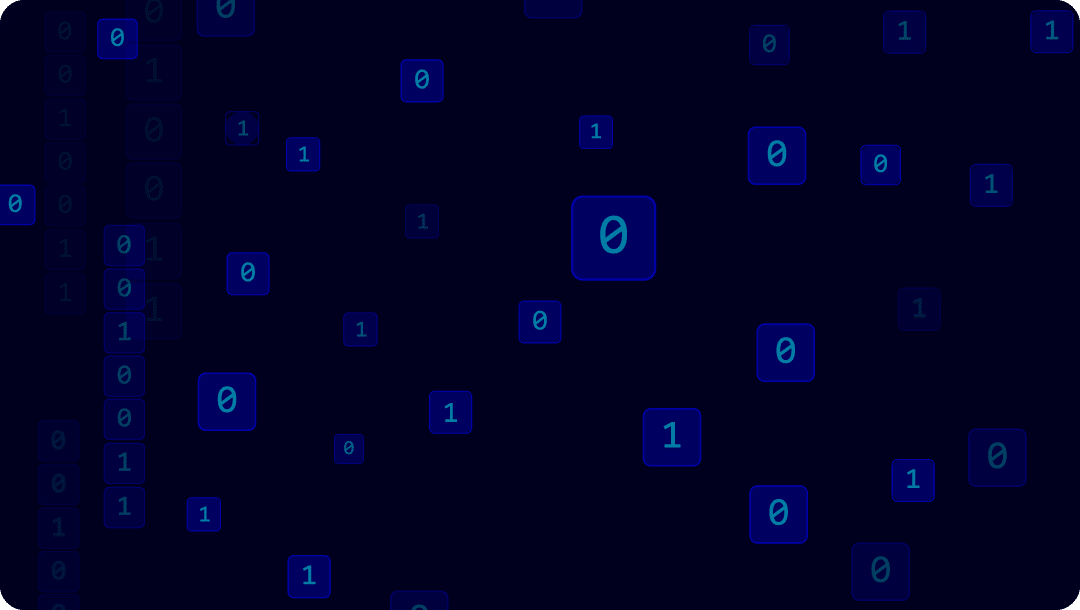Our products Armos(QKD) and Tropos(QRNG) are now on GeM's portal
We are witnessing the second quantum revolution. We are, for the first time, exploring the possible applications of quantum superposition and quantum entanglement. Quantum communication is one of the important use cases of quantum mechanics. Building a large and fully-functional quantum network will determine the commercial success of quantum communication.
Though quantum communication has seen significant developments, its progress hinders due to the limitation of maintaining quantum states of qubits (quantum bits) over large distances. Unlike classical bits that can be amplified, qubits do not support amplification because their superposition states cannot be cloned. Therefore, a robust quantum network necessitates low-loss channels and high-intensity quantum sources. There has been significant progress in satellite-based quantum communications and quantum repeaters to overcome some of the known challenges. However, the need of the hour is high-powered single-photon sources that create high-performance qubits.
Quantum dots are considered a viable option for this requirement. Quantum dots, also called ‘artificial atoms’, are semiconductor nanocrystals with nanometer-sized diameters that exhibit quantum size effects in their optical and electronic properties. Photon detection is realised by devices such as light-dependent resistors (photoconductors) or photodiodes. Quantum dots have been successfully integrated into these already-existing technological platforms to improve their performance.
Quantum dots create smaller, more efficient antennas that have high conductivity and can transmit signals over long distances with minimal loss. Researchers from Osaka University in Japan have fabricated a nanoantenna that brings quantum information networks closer to practical use. They have substantially enhanced photon-to-electron conversion through a metal nanostructure, a milestone for sharing and processing data.

Conceptual illustration of efficient illumination of photons to semiconductor lateral quantum dots by using a surface plasmon antenna and excitation of electrons in the quantum dots. (Image: Oiwa lab)
Nanostructures such as nanoparticles and nanofilms can also be used to create more efficient and robust wireless communication systems, such as those used in satellite and 5G networks. Researchers have extended their research in exploring the use of nanomaterials to create more secure and efficient encryption systems and to create networks that are more resistant to interference and jamming.
An efficient and compact single-photon source that can operate on a chip at ambient temperatures is already demonstrated. Using quantum dots, scientists have developed a method in which a single nanocrystal can be accurately positioned on top of a specially designed and carefully fabricated nanoantenna. Such a highly directional single photon source could lead to a significant progress in producing compact, cheap, and efficient sources of quantum information bits for future quantum networks.



